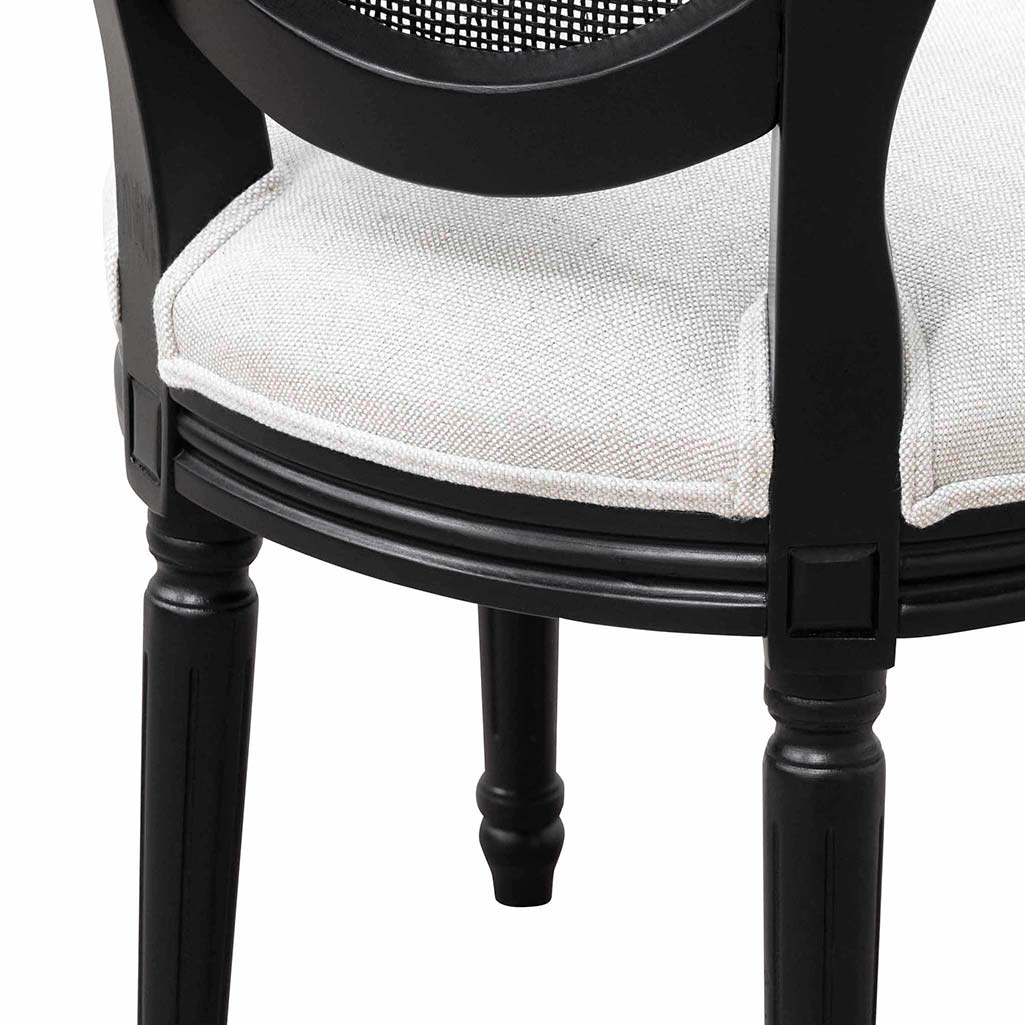DINING CHAIR CARE
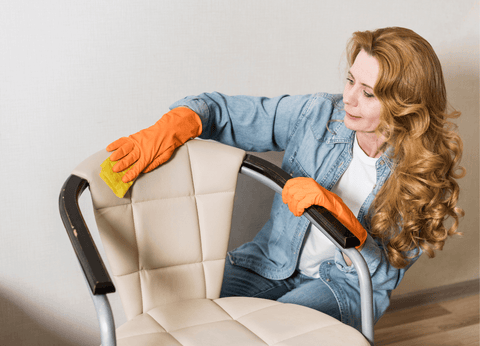
General
Please ensure you use your furniture as it was intended and do not sit on the arms of any chairs and do not pivot on the back legs of chairs.
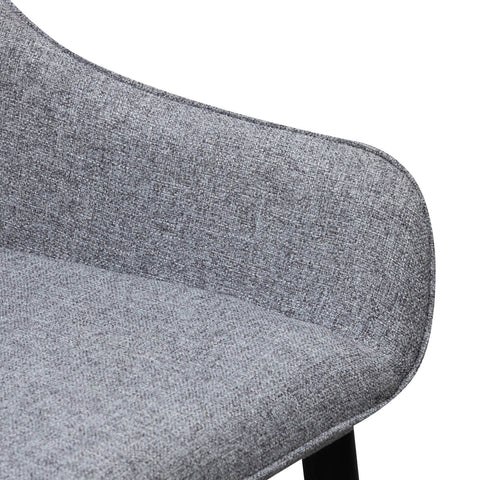
Upholstered Dining Chairs – General Care
• Keep fabric away from direct sunlight as this will prevent UV damage to your fabric. Use curtains or blinds to protect your furniture.
• Vacuum all fabric surfaces and cushions regularly to remove dust and dirt by using an upholstery brush attachment.
• Take special care when spraying household chemicals and products near upholstery. Applying non-commercial scented fabric fresheners, neutralisers and fabric protectors is never recommended.
• Only Dining Chairs suggests for commercial and residential use of dining chairs to consider Micro Sealing your new dining chairs
• Scotch guarding your upholstery will offer a higher level of protection, however please note that doing so may void any warranty.
• Ensure that the third party used for sealing offers their own warranty on their service.
• Professional cleaning at a minimum every 12 months is recommended. If your dining chairs are used every day, we recommend professional cleaning every 6 months.
• Always carefully lift furniture with 2 people when moving items around the home – never drag.
• Rotate cushions often to minimise wear on frequently used seats and prevent concentrated fading.
• Cushioning and fillings will show signs of wear and tear with normal use. This is not covered by warranty.
• Cushions may crease, foam and fillings will soften and form to the shape of the user over time.
• Pilling may occur, this is not a fault, but a natural characteristic of woven fabric. Pills from fibre can be removed by using a pilling machine.
• The easiest method to maintain cushions is to regularly “fluff and puff” and if possible, flip them. This is particularly important for feather-filled cushions and if not carried out, can cause them to lose their appearance or comfort level temporarily or maybe even permanently.
• Keep your dining chairs away from heat sources. Keep pets and sharp objects away from your fabric.
• To prevent possible bleeding of ink onto fabric, do not leave newspapers or other printed material lying on the upholstery.
• Use floor protectors on the bottom of legs of the dining chairs to minimise damage to floor coverings.
For Spots and Spills – Upholstered Furniture & Cushions
• Do not rub, rather, gently blot with a damp clean cloth at the time that the spill occurs.
• Do not use abrasive detergents or chemicals.
• In some cases, spot cleaning can cause a ring or fading. It is best to have a professional clean the entire piece or cushion casing to ensure uniform results.
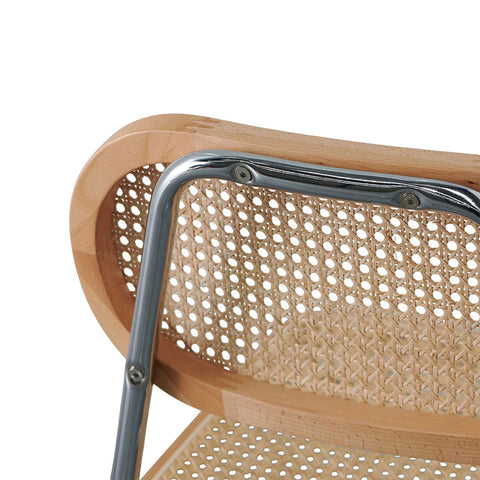
Chrome & Metal Finishes
• Dust the surface regularly to avoid build-up of pollutants, which may cause the surface to rust.
• Due to the finish, scratches may show up more easily. Abrasive objects and cleaning products should be avoided, including steel wool and scouring pads as they will scratch and damage the metal surface.
• Do not use bleach or detergents.
• Avoid contact with sharp or hard objects as this will cause scratching.
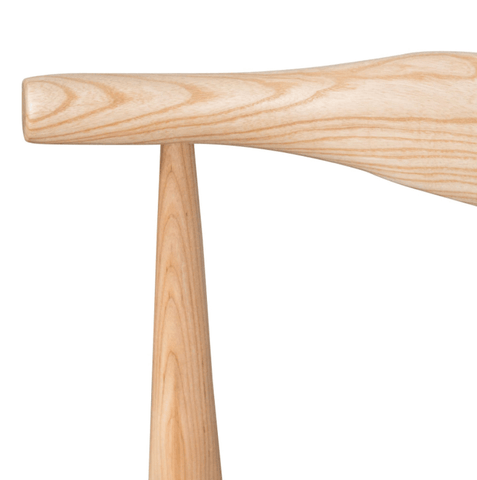
Solid Timber
• Wood and veneer are natural materials and therefore will display natural variations in their grain and colour.
• Their surfaces are affected by light and overtime their character and colour will change.
• As the solid timbers in our range are natural products, they may expand and contract due to varying temperature and environmental conditions. This may cause small cracks where the timber joins. This is normal and not considered a fault or flaw; rather, it is a unique and beautiful characteristic of your piece.
• To minimise movement, solid furniture should not be placed outside (unless the item is specified for outdoor use), in direct sunlight, or in heavily air-conditioned or climate-controlled areas.
• The care of wood furniture varies according to the wood type and finish, and the function of the piece.
General Care
• To dust, we recommend using a microfiber cloth as this will not damage the surface.
• For deeper cleaning, wipe the surface of your timber with a damp cloth, then dry with a soft clean cloth to prevent spotting.
• The surface of your furniture should not come in contact with hot and/or moist/wet containers/materials.
• If you choose to polish your furniture with a product/solvent, you should always try it out first on a small, inconspicuous area to trial how your timber will react.
• Do not clean painted timber with alcohol, ammonia-based and/or harsh chemicals as this may cloud the surface and/or remove the paint finish.
• Clean your painted surface with a dust cloth or feather duster to remove dust and debris.
• Should you use a damp cloth for cleaning, ensure that the cloth is not soaked and the surface is dried with a clean dry cloth immediately after wiping.
• Do not hit the painted finish with a vacuum cleaner or other heavy items as this will chip the finish.
• Avoid using paper towel on acrylic surfaces.
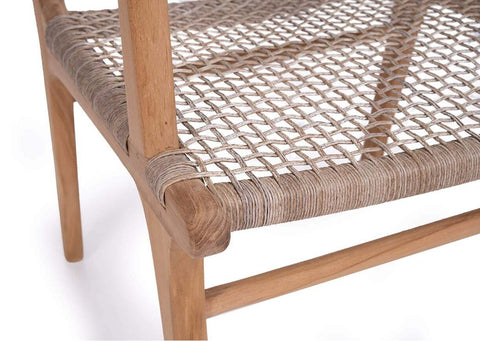
Outdoor Dining Chairs
• In general, especially for wooden and metal painted items, due to the harsh Australian sun and environmental factors we recommend that items not be left in direct sunlight or direct UV.
• Use a furniture cover to cover furniture to ensure longevity.
• Please ensure that if you see (breakage) or feel (brittle) deterioration of the item, please take action to remove direct exposure immediately, failure to do so will cause further damage.
• Warranty excludes fading, sun/UV damage or glass magnification damage to wicker.
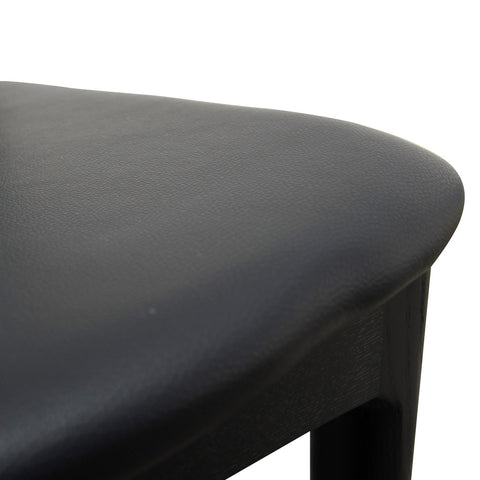
Leather
• Clean any spills promptly to guard against penetration of the surface.
• Use a quality leather cleaner, carefully following the instructions on the cleaning product.
• Test the product on a small area hidden from view if unsure.
• Dust leather furniture on a regular basis as dust can cause damage to the leather.
• Do not clean leather with water as this may leave marks.
• Avoid placing it in direct sunlight and keep it at least two feet away from any heat (i.e. heating vents, fireplaces, radiators, etc) and air conditioning sources.
• Stretch marks, scars and insect bites are considered a natural characteristic of leather and unique to each piece of furniture – this is not considered to be a flaw or fault.
• As leather is porous in nature, clean any spills promptly to guard against it penetrating the surface.
